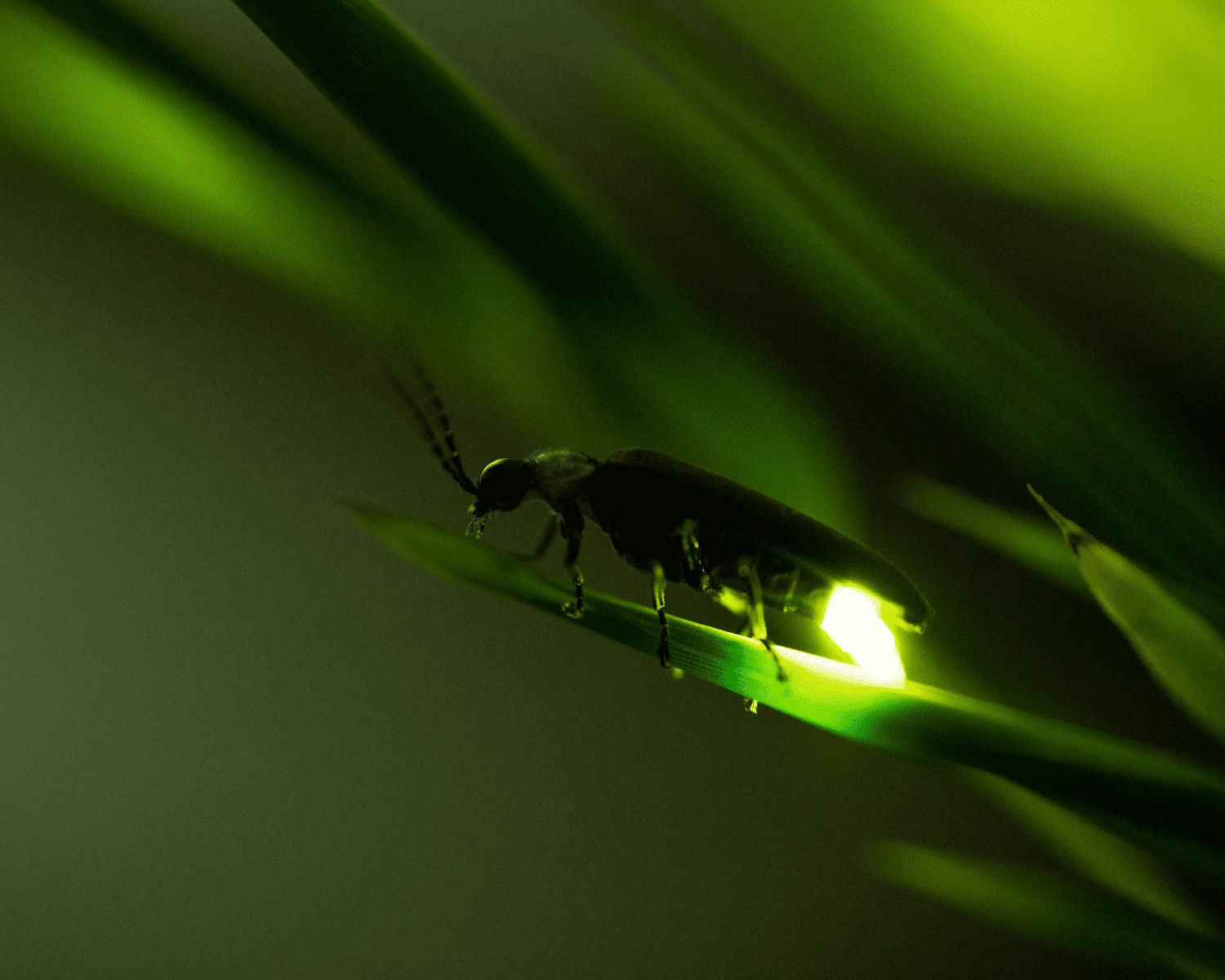When we look up at the sky on a clear and starry night here in the hinterland, it is hard to imagine that there are millions of people all over the world that have never even seen a star. In fact less than 20% of the global population can see the Milky Way from where they live. And in more densely developed and urbanised areas of the Sunshine Coast, this too is becoming a reality. The cause, artificial light pollution.
As cities have grown and urban areas continue to sprawl, so does the amount of artificial light from streetlights, buildings, and outdoor amenities in our communities. And while they are there for reasons of safe movement around these places once the sun sets, without the use of appropriate technologies, this comes at a cost.
What’s at stake?
Not only does the spectacular beauty and rich tapestry of stars that make up the Milky Way disappear from our night sky, artificial light can impact human health as well as severely disrupt wildlife by interfering with natural rhythms, pollinators, breeding patterns and delicate predator-prey relationships.
If you’ve ever been blessed enough to see the magical display of fireflies for example, know that this species is highly dependent on the darkness to survive.
Globally, their populations are declining, and researchers have identified light pollution as one of the top 3 causes for this. Studies have found that light pollution can make fireflies lose track of time or their position, they may struggle to recognise important objects such as their tiny prey, and in species where one sex is attracted to the glow of the other, artificial lights can disrupt mating. It is even possible that really bright lights may dazzle or even blind fireflies.


We also know that the endangered Southern Pink Underwing Moth larvae is sensitive to light and requires dark closed forest conditions to successfully breed. The intrusion of light into rainforest remnants close to expanding developments could add to the list of processes that threaten its survival.
More broadly, mammals are impacted by light which disrupts their foraging time, and migratory birds can become severely disoriented and experience deadly collisions. Down on our beaches, light can impact turtles laying as well as hatchlings being able to find the ocean, leaving them vulnerable to predation and dehydration.
Read more about these impacts here.
Saving the dark locally
Did you know that Maleny and the Obi Obi Valley are some of the last places in coastal South East Queensland that are not severely light polluted? But this environment has been compromised by recent developments using inappropriate light technology.
Mercury vapour or metal halide streetlights are the single biggest contributor to light pollution here on the Sunshine Coast. In Maleny, housing estates like Cloud Walk use these types of street lights which project light into vegetation in the surrounding wetlands.
Last year Ken Wishaw from the Australasian Dark Sky Alliance counted an estimate of 3,100 visible stars from the Maleny Observatory at the Maleny Golf Course. He counted only 230 visible stars from Cloud Walk which is only a short distance away.
But the solution to this problem is not a complex one. There are many ways developers, local governments and home owners can make a switch to more sustainable designs and technologies across the entire Sunshine Coast region. There just needs to be the will.
Watch Ken’s more detailed presentation about protecting dark skies in Maleny and across the Sunshine Coast.
What can I do to make a difference?
When it comes to our dark skies, it’s just as important to think about the dark as an environment worth protecting just as we do our forests, oceans and waterways.
If you would like to see our dark skies protected there are two things you can do straight away to help preseve this special environment.
Sign the petition which calls for the replacement of current street lights with technology that is night sky-compliant. Please note the petition closes on the 15th of June!
Make changes around your own home to make your place more night sky-firendly. The Australiasian Dark Sky Alliance has some great resources on their website. With a few simple changes, lighting can be both beautiful and functional, without contributing to excessive light pollution.
More resources and information can also be found here and in the National Light Pollution Guidelines for Wildlife.
Featured image: Milky Way over the Maleny Community Precinct

